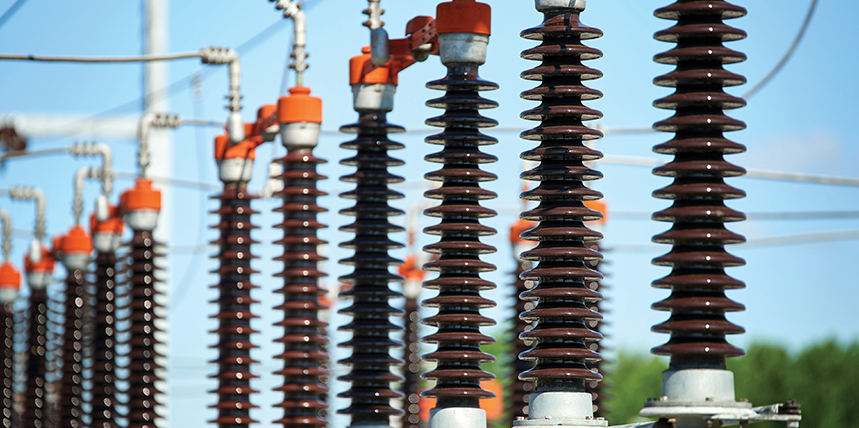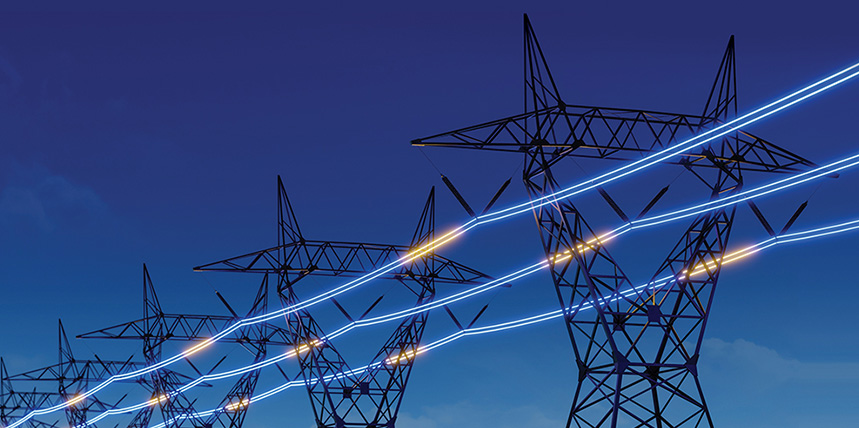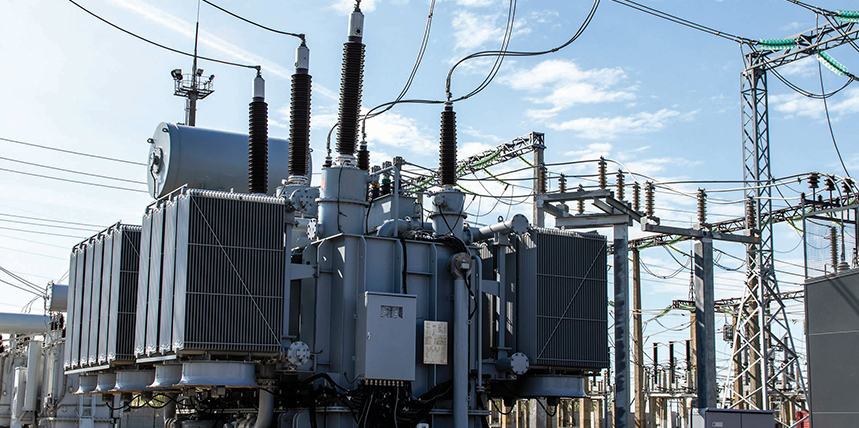Modern numerical transformer protection relays have powerful logic to prevent unwanted tripping on phase differential during CT saturation for external faults. This article analyzes this logic for a typical application. To demonstrate these protection features, we will simulate the low-side fault current for an out-of-zone fault using the IEEE PSRC CT Saturation Calculator. Note that this type of exercise is …
Improvements to REF Protection for Low-Resistance Grounded Systems
A restricted earth fault (REF) protection element provides sensitive detection of ground faults near the neutral of a transformer wye-connected winding. The sensitivity gains from the REF element are especially more valuable if the equipment is low-impedance grounded. Security of the REF element may be jeopardized by external faults, such as a phase-to-phase-to-ground or an evolving fault with CT saturation. …
Distance Protection Impedance Measurement Fundamentals: Phase-to-Phase and Phase-to-Ground Faults
Distance protection measures loop impedances to determine the location of a fault on the protected line. There are six loops: A-B, B-C, C-A, A-G, B-G, and C-G. This article demonstrates how distance protection measures the apparent loop impedance for B-Phase-to-C-Phase and A-Phase-to-Ground faults. The loop impedances for phase-to-phase and phase-to-ground faults are not equivalent due to the presence of neutral …
Basics of Breaker Failure Protection
Breaker failure protection provides backup protection in case the local circuit breaker fails to clear a system fault. If a breaker fails to trip, adjacent breakers must be tripped to isolate the fault from the sources feeding it. Figure 1 illustrates a fault on the transmission line served by Breaker 3 and Breaker 4. If Breaker 3 fails to open, Breaker 2, Breaker 5, and …
Optimizing 50/27 Inadvertent Energization Protection
The 50/27 inadvertent energization protection function (Figure 1) is an overcurrent function supervised by generator terminal bus voltage derived from system-side voltage transformers (VTs). Inadvertent or accidental energizing of off-line generators has occurred frequently enough to warrant using dedicated protection logic to detect this condition. Operating errors, breaker flashovers, control circuit malfunctions, or a combination of these causes have resulted …
OOPS Protection Scheme Logic
An out-of-phase synchronization (OOPS) event results in a torque transient on the generator and prime mover. It exposes the generator, generator step-up (GSU) transformer, and system elements to a current transient that puts mechanical and thermal stresses on windings and other conductors. These transients can be significant and result in through-current magnitude equivalent to a three-phase fault located at the …
Effect of CT Saturation on Transformer Differential Protection
This article demonstrates how current transformer (CT) saturation can adversely affect transformer differential protection and how to easily mitigate its effects via inbuilt relay functions. We provide calculations and simulation for a three-phase fault on the low side of the transformer just external to the CTs. APPLICATION The application is for a three-phase delta-wye connected transformer serving station at a …
Using Harmonic Blocking to Prevent Spurious Trips During Inrush Conditions
A numerical feeder protection relay would trip when a collector feeder breaker is closed due to inrush at a solar photovoltaic site. The inrush current is due to energizing power transformers. This article demonstrates how to use harmonic blocking to prevent this unwanted tripping. Magnetizing inrush currents may cause overcurrent elements to operate when the line is energized. The fundamental …
Setting Overcurrent Protection for Grounding Transformers on Feeders for Renewable Sites
Grounding transformers are most frequently — but not exclusively — used in the renewable industry to provide a relatively low-impedance path to ground in case of surges. This allows for safe maintenance of the grid without fear of damaging the electrical infrastructure. If the grounding transformer is connected to a feeder, special considerations are required to set the protection to …
Event Analysis: Overall Differential Tripping
The overall differential protection for a generator step-up transformer (GSU) began to trip when the generator was synced to the plant switchyard. Figure 1 shows the one-line diagram for the overall differential protection. There is one set of current transformers (CTs) on the high side of the GSU, one set of CTs on the low side of the GSU not …









